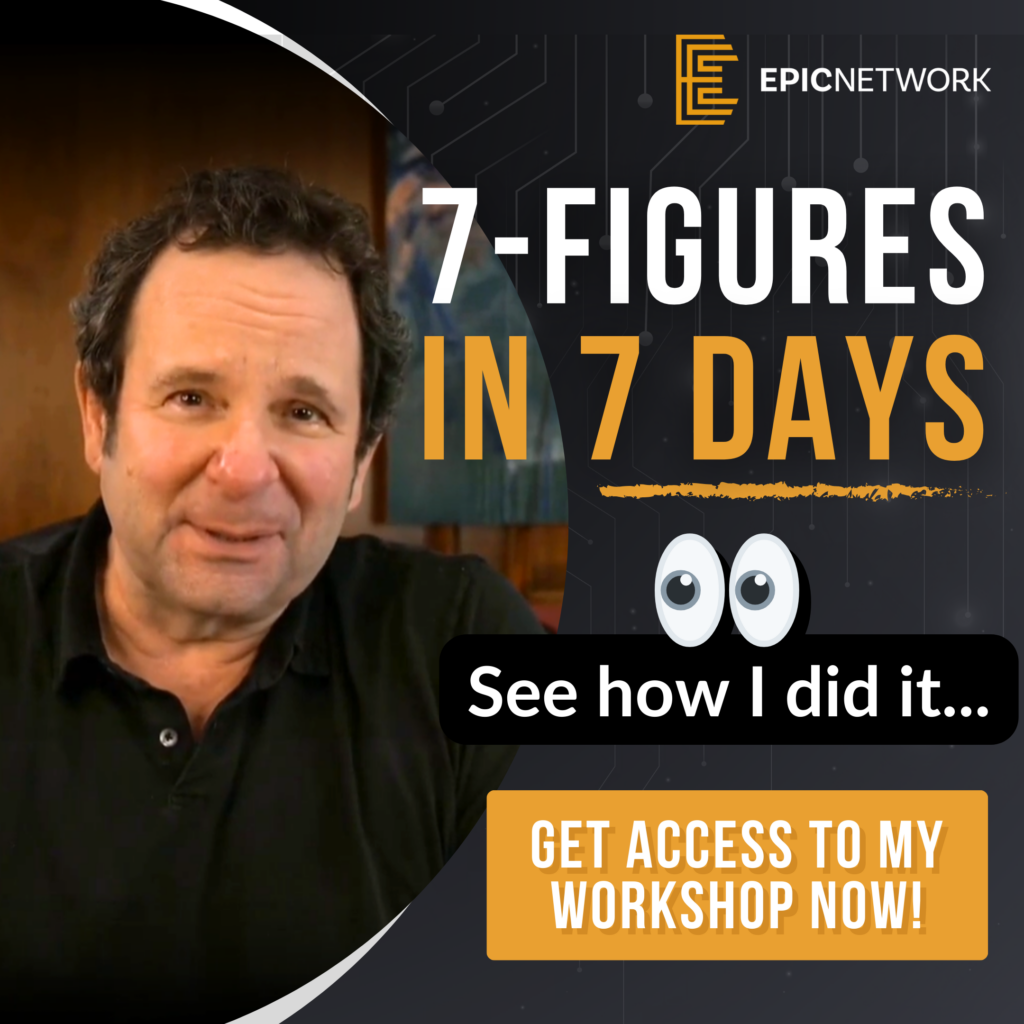
If you want to capitalize on business sales without the complexity of acquiring a company or acting as a broker, exit consulting is the perfect strategy! Instead of managing a business for years, exit consultants step in at the final stage—helping business owners sell quickly and profitably while earning high consulting fees.
Unlike business brokers, exit consultants don’t need a license or a long-term contract. Instead, they offer strategic advisory services, earning an upfront fee and a commission-based payout. And by using the Lehman scale fee model, you can ensure substantial profits without taking on the risks of business ownership.
In this guide, we’ll break down how to structure an exit consulting deal—using a manufacturing business sale as a real-world case study. 📈
What Is Exit Consulting?
Exit consulting is a premium advisory service where you help business owners prepare for and execute a sale. Unlike brokers, you charge for your expertise upfront and earn additional fees when the deal closes.
🔹 No broker’s license required
🔹 No risk or capital investment
🔹 High-ticket fees for every deal closed
Many business owners lack the expertise to properly value their business, negotiate effectively, and structure a sale to their advantage. That’s where you step in!
Case Study: Engineering & Manufacturing Exit Deal
A recent engineering and manufacturing company in Northern California provides a perfect example of how exit consultants can profit from helping owners sell their businesses.
🔹 The Business: A brother-sister team running an established engineering and manufacturing company
🔹 The Situation: Both owners wanted to exit, but they lacked the experience to sell for maximum value
🔹 The Opportunity: The consultant structured a fee-based deal to help them find a buyer
Rather than acting as a broker, the consultant set up a Lehman Scale fee and charged an upfront consulting retainer to advise on the sale.
How Exit Consultants Get Paid (The Lehman Scale Model)
A Lehman Scale is a proven commission model that ensures you get paid based on the deal’s value.
Here’s how the Lehman Scale works:
✔ 10% on the first $1 million of the sale price
✔ 8% on the next $2 million
✔ 6% on the next $2 million
✔ 4% on anything over $5 million
Example: If a business sells for $3 million, your consulting fee would be:
- 10% of $1M = $100,000
- 8% of $2M = $160,000
- Total Fee = $260,000
That’s a six-figure payday—all without investing in or managing the business!
How to Structure an Exit Consulting Deal
1. Charge an Upfront Consulting Fee
Before you start working, the business owner pays an upfront fee for your expertise.
✅ Typical Fee: $50K–$100K (credited against the final commission)
✅ If the business doesn’t sell, you still keep the upfront fee
In the engineering and manufacturing case study, the consultant charged $100K upfront, which was deducted from the final success fee.
2. Earn a Success-Based Fee (Lehman Scale)
Once the business is sold, your consulting fee is paid from the sale proceeds. Since the Lehman scale rewards larger deals, the bigger the exit, the bigger your payday.
In this case, if the business sold for $2 million, the consultant would earn:
- 10% of $1M = $100,000
- 8% of $1M = $80,000
- Total Fee = $180,000
This makes exit consulting one of the most profitable advisory models available.
3. Stay in a Consultant Role (Not a Broker)
Since you’re not a broker or intermediary, you avoid licensing restrictions while offering high-value services like:
✔ Business valuation strategies
✔ Deal structuring & negotiation
✔ Prepping the company for a sale
By acting as an advisor, not a broker, you maximize your earnings without any regulatory headaches.
Why Exit Consulting Is So Profitable
✅ Earn a percentage of large deals without owning the business
✅ No financial risk or capital investment required
✅ Fast payouts—most deals close in 60–120 days
✅ Massive demand—thousands of business owners need exit strategy guidance
By mastering exit consulting, you can generate six-figure fees while helping business owners sell for top dollar.
How to Get Started in Exit Consulting
If you want to build a highly profitable exit consulting business, follow these steps:
1️⃣ Master the Lehman Scale model to maximize earnings.
2️⃣ Offer business owners a free consultation to assess their exit potential.
3️⃣ Charge an upfront consulting fee and position yourself as a deal expert.
With the right approach, exit consulting allows you to get paid like an investor—without taking any risk.
Additional Resources on Exit Consulting:
📌 How to Structure a Lehman Scale Fee for Maximum Profits
📌 Exit Consulting vs. Business Brokering
📌 Best Practices for Selling a Business Quickly
Ready to explore acquisition strategies that fit your needs?
Book a Free Strategy Session with the EPIC Network to discover customized solutions to support your success.










